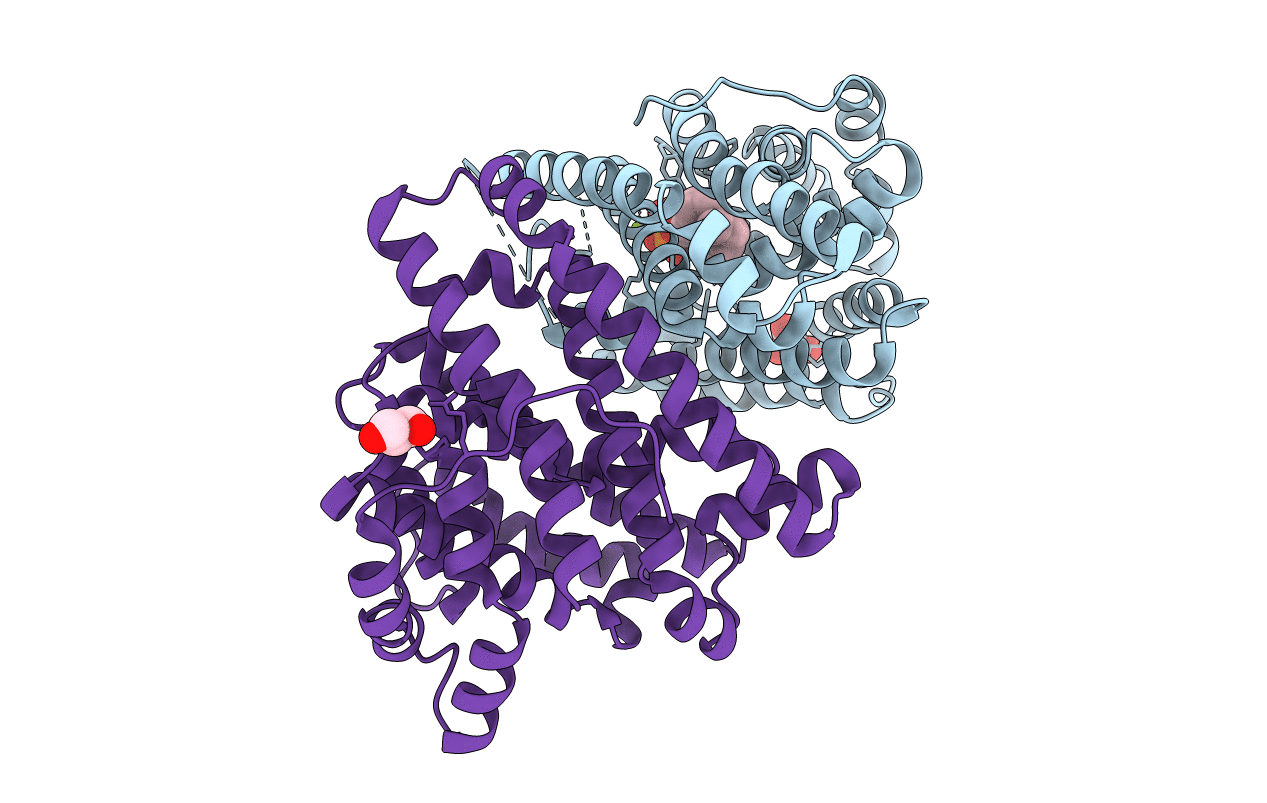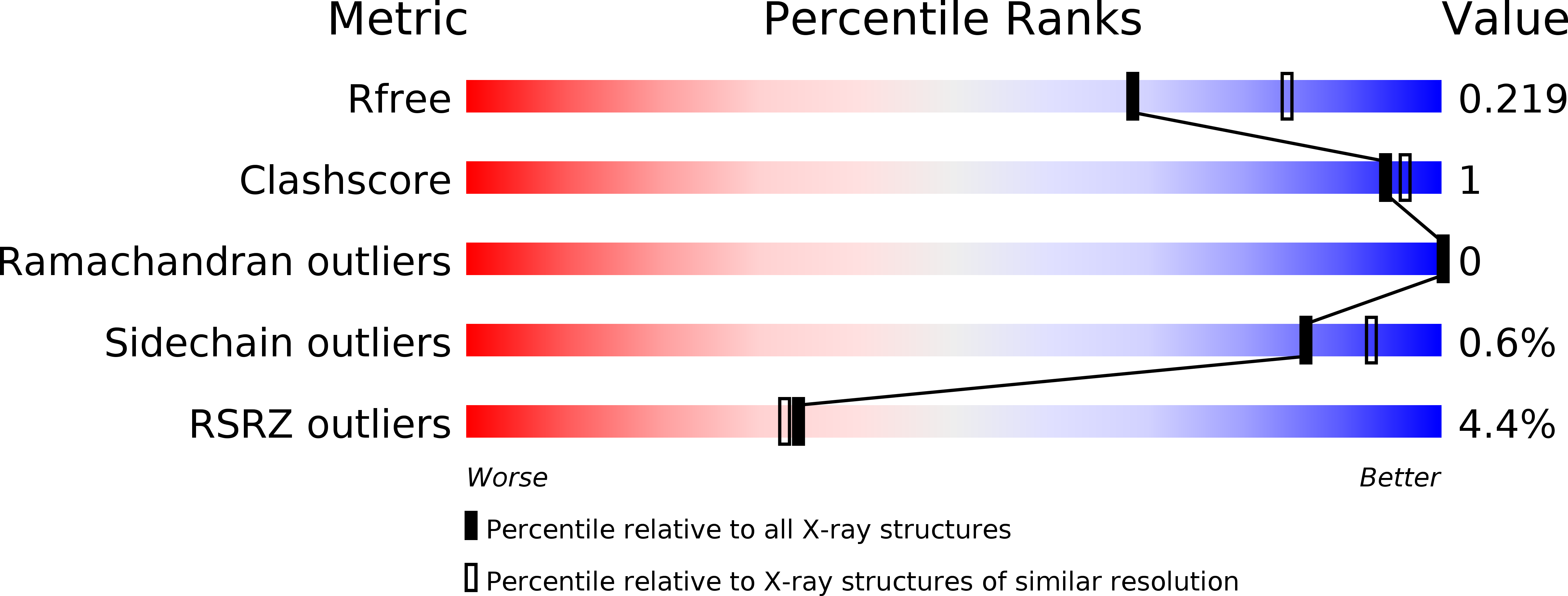
Deposition Date
2020-04-16
Release Date
2020-08-26
Last Version Date
2023-10-18
Entry Detail
PDB ID:
6WKD
Keywords:
Title:
Crystal structure of pentalenene synthase complexed with 12,13-difluorofarnesyl diphosphate
Biological Source:
Source Organism:
Streptomyces sp. (Taxon ID: 1931)
Host Organism:
Method Details:
Experimental Method:
Resolution:
2.20 Å
R-Value Free:
0.21
R-Value Work:
0.20
R-Value Observed:
0.20
Space Group:
P 63


